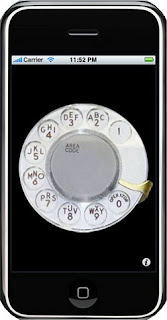"Maaarriooooooooooooooooooo" -- Luigi
 Two words: Super. Nintendo.
Two words: Super. Nintendo. Selected by none other than me as 1991’s greatest invention. Possibly top 5 all time. It’s really that great.
My aunt and uncle still have one. Every time I visit their house, I plug in this game system, smack it a few times (the only way to turn it on) and make sure all the dust is out of the bottom of the video game itself (they’re kind of hollow.) Totally. Worth it.

For those of you who don’t share my feelings or my extensive knowledge of Super Nintendo, here’s some background. In short, Nintendo released the Nintendo Entertainment System (NES) in 1985 and this device “single-handedly revitalized the video game industry.” There were over 60 million NES units sold and people could finally play new and exciting video games in the luxury of their own homes.
Super Nintendo was introduced in 1991 and featured 16-bit technology which meant more processing power which meant cooler games. Yea the graphics aren’t great and okay the games weren’t the greatest but COME ON. They’re definitely fun, and they’re definitely a worthwhile waste of time. Old-school Mario, Clue, golf, even shoot-em-up games that everyone seems to be obsessed with.
And then, Nintendo one-upped themselves.
That’s right. Nintendo 64. 1995.
It even has its own Facebook fan page, with 86,631 fans. This beats the the majority of the President of the United States’s fan pages by approximately 80,000. Moving on.

This console was the beginning of 3d video gaming and introduced the gaming world to a “realer” look and feel of its games. The controller has a joystick that allowed characters to move freely around the screen as opposed to the standard up/down/left/right that fondly brings memories of Pacman to mind.
One downside: (this is a consideration of the gaming world, not me. I love Nintendo 64 and the guys down the hall have one which they play all the time. Still awesome, no matter what.) The Nintendo 64 is cartridge-based, meaning the games are not on CDs. This, to the critics, is a big mistake. CDs were considered the future, and Nintendo released their futuristic device, which was more or less anchored in the past due to these cartridge games.
Fast forward to 2006 and Nintendo releases the Wii, which quickly became the “best-selling latest generation console system in the world,” and let me tell you, it’s awesome. Practice your serve like Andy Roddick in Wii Tennis. Mix potions under Snape’s watchful eye in Harry Potter. Guide Mario through different galaxies in Super Mario Galaxy. These games are too. Fun. The graphics are great, they’re easy to play, and the wireless motion-sensor controllers are really just enjoyable to play with. There’s no wires, they take standard batteries, and they’re MOTION SENSORED. You move, your character moves; talk about personalization.

Overall, I disagree with the gaming industry. I think Nintendo rocks and they’ve always been on top—their games, their consoles—you think video games and you think Mario (which you can now conveniently play online,) you think N64. They get my vote.
How do you guys feel?


















